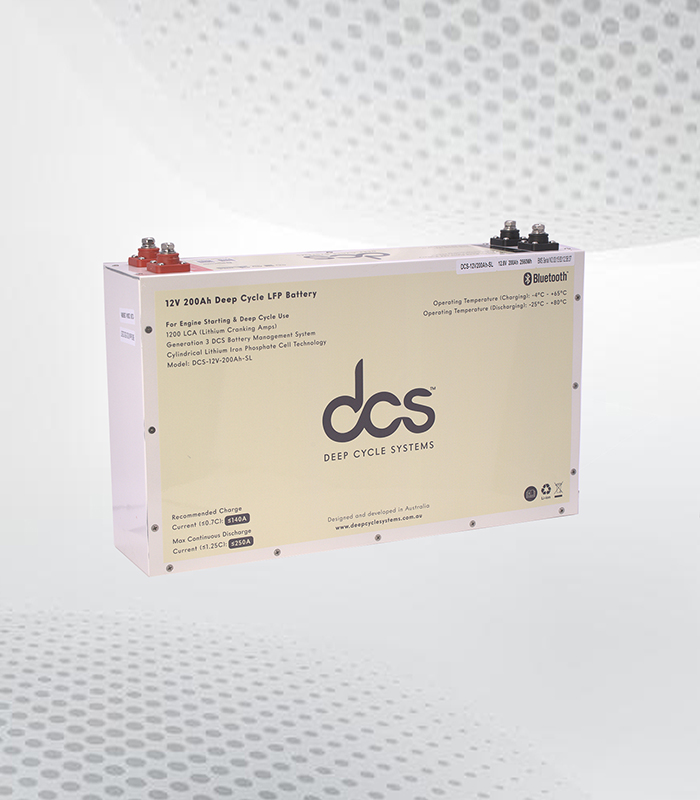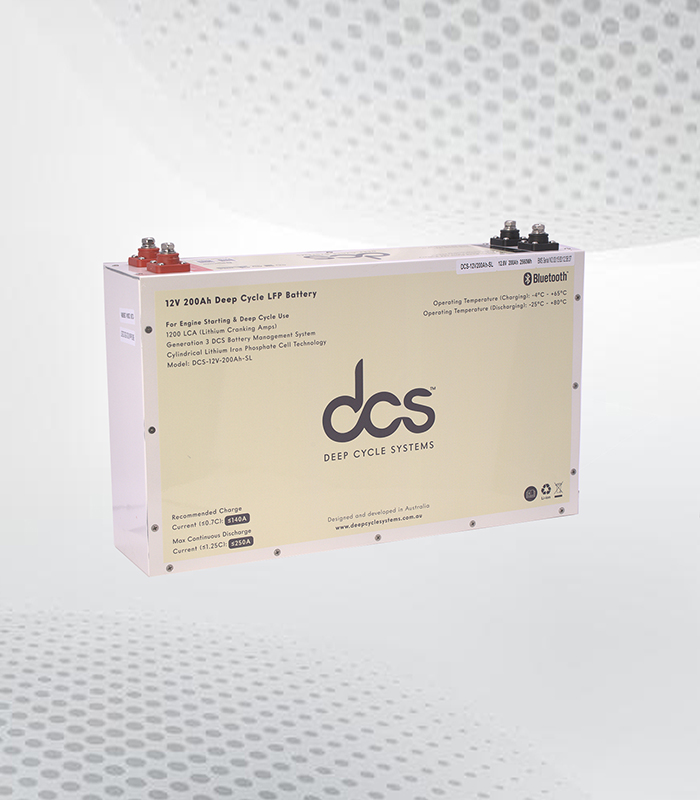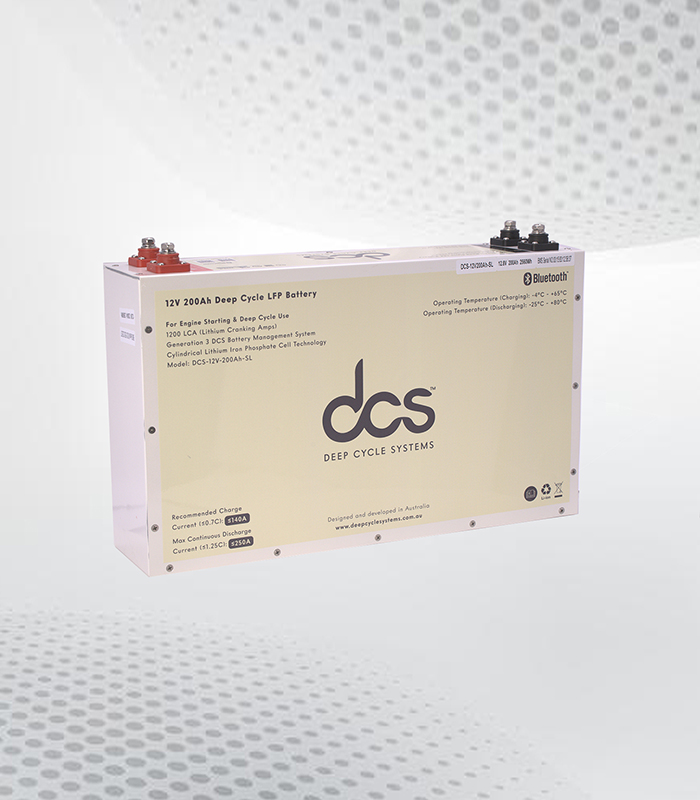The ideal charging method for Lifepo4 200 Ah batteries is crucial for maximizing their lifespan and performance. Unlike traditional batteries, LiFePO4 requires specific charging techniques to ensure safety and efficiency. A charger designed explicitly for lithium iron phosphate chemistry is essential, as it provides precise voltage and current control. The charging process typically involves a three-stage approach: bulk, absorption, and float. This method ensures the battery is charged quickly while preventing overcharging and overheating.
Importance of Proper Charging for Lifepo4 Batteries
Proper charging is crucial for maximizing the performance and lifespan of LiFePO4 batteries. Unlike traditional lead-acid batteries, these advanced lithium-ion batteries require a more precise approach to charging to ensure safety and efficiency. Charging LiFePO4 batteries incorrectly can lead to reduced capacity, shortened battery life, or even safety hazards like overheating or potential fires. Following the recommended charging methods can optimize the battery’s performance and reliability.
Whether using constant current or constant voltage charging methods, it’s essential to understand the specific requirements of LiFePO4 batteries. These methods help regulate the flow of electricity into the battery cells, preventing overcharging or undercharging that can be detrimental to their health.
By investing time in understanding how to charge your LiFePO4 battery properly, you are safeguarding your investment and ensuring that your devices powered by these batteries operate efficiently when needed most.
Constant Current and Constant Voltage Charging Methods
Two standard methods for charging your LiFePO4 battery are constant current (CC) and constant voltage (CV). Constant current charging involves supplying a steady current flow to the battery until it reaches a certain voltage level. This method allows for a faster initial charge but may lead to overheating if not appropriately monitored.
On the other hand, constant voltage charging maintains a steady voltage level throughout the charging process. This method is gentler on the battery and helps prevent overcharging, which can extend its lifespan. Each method has its pros and cons, so it’s essential to understand them before deciding which one best suits your needs. Constant current is great for quickly charging a depleted battery, while constant voltage is better for maintaining optimal health over time.
Pros and Cons of Each Method
There are two main methods for charging LiFePO4 batteries: constant current and constant voltage. Constant current charging involves supplying a steady current to the battery until it reaches a certain voltage level. This method allows for faster charging times but can lead to overheating if not monitored closely.
On the other hand, constant voltage charging maintains a consistent voltage across the battery terminals until the current drops to a certain level. While this method is slower than continuous current charging, it is gentler on the battery and helps prevent overcharging.
Each method has advantages and drawbacks that need to be considered depending on specific requirements and preferences. Experimenting with both methods can help determine which works best for your individual needs.
Ideal Charging Method for Lithium Ion Battery 200ah
Finding the ideal method for charging a Lithium Ion Battery 200ah is crucial for maximizing its performance and lifespan. One popular approach is using a multi-stage charging process involving constant current and voltage methods. Constant current charging allows the battery to charge quickly until reaching a specific capacity, while constant voltage ensures a safe and controlled finish to the charging cycle. This combination helps prevent overcharging and overheating, which can damage the battery in the long run.
Factors like temperature also play a significant role in determining the optimal charging method for your battery. Extreme temperatures can impact the efficiency of the charging process, so it’s essential to consider environmental conditions when setting up your charging system.
By utilizing smart charging techniques and staying informed about technological advancements, you can ensure that your Lithium Ion Battery remains healthy and performs at its best for years to come.
Factors to Consider for Optimal Charging
When it comes to optimal charging for your LiFePO4 battery, there are several factors to remember.
Charging Voltage
LiFePO4 batteries require a specific voltage range for charging, typically between 3.2V and 3.6V per cell. Therefore, it is essential to ensure that your charger is compatible with this voltage range.
Charging Current
The charging current should also be within the recommended range for your battery. Generally, it is recommended to charge at a lower current (C/5 or C/10) for longer battery life.
Charging Temperature
LiFePO4 batteries should be charged between 0°C and 45°C (32°F and 113°F). Charging at higher or lower temperatures can affect the battery’s performance and lifespan.
Charge Time
Charging your LiFePO4 battery sparingly is essential, as it can lead to damage and reduce its lifespan. Use a charger with an automatic shut-off feature or monitor the charging time closely.
Quality of Charger
Using a high-quality charger designed explicitly for LiFePO4 batteries is crucial for optimal charging. Cheap or incompatible chargers can damage the battery and decrease its lifespan.
Temperature Considerations During Charging
When charging your LiFePO4 battery, it’s crucial to consider the temperature to ensure optimal performance and longevity. Extreme temperatures can impact the charging process and affect the battery’s overall health. High temperatures can lead to overcharging and potential damage, while low temperatures may result in undercharging or reduced capacity.
To maintain ideal charging conditions, it’s recommended that the battery be charged within a moderate temperature range. Avoid exposing the battery to direct sunlight or near heat sources during charging. Monitoring the temperature during the charging process is critical to preventing any adverse effects on the battery.
Some chargers have built-in temperature sensors that help regulate charging based on environmental conditions. By considering temperature considerations during charging, you can maximize the efficiency and lifespan of your LiFePO4 battery for long-term use.
Charging LiFePO4 Batteries from Solar Power Systems
Charging LiFePO4 batteries from solar power systems is a smart and eco-friendly way to keep your battery charged. Harnessing the sun’s energy to power your batteries not only saves you money but also reduces your carbon footprint.
Solar panels convert sunlight into electricity, which can then be used to charge your LiFePO4 battery efficiently. It’s like getting free energy from the sun! Just imagine charging your battery while enjoying the benefits of renewable energy.
With advancements in solar technology, it has become more accessible and more affordable for individuals to set up their solar power systems at home or on the go. Whether camping in the wilderness or living off-grid, solar charging for LiFePO4 batteries offers a convenient solution for staying powered up wherever you are.
Maintaining Battery Health with Smart Charging Techniques
Maintaining battery health through smart charging techniques is essential for optimizing performance and extending the lifespan of modern batteries, particularly lithium-ion types like LiFePO4. One key strategy is to use a charger specifically designed for the battery’s chemistry, ensuring the correct voltage and current levels during the charging process. Implementing a multi-stage charging system—typically involving bulk, absorption, and float stages—allows for efficient charging while preventing overcharging and overheating.
It’s also important to avoid charging the battery at extreme temperatures, which can reduce efficiency and potential damage. Monitoring the state of charge (SoC) regularly helps prevent deep discharges, which can significantly degrade battery health over time. Using smart charging devices with built-in battery management systems (BMS) adds an extra layer of protection, automatically adjusting the charging parameters to optimize battery health.
Additionally, periodic maintenance, such as checking for corrosion on terminals and ensuring secure connections, contributes to overall battery reliability. By adopting these clever charging techniques, users can effectively maintain battery health, ensuring consistent performance and prolonging the lifespan of their energy storage solutions across various applications, from electric vehicles to renewable energy systems. Ultimately, investing time and effort into proper charging practices pays off in the long run by enhancing the reliability and efficiency of battery systems.
Using a Multi-Stage Charging Process for Optimal Results
When it comes to charging your LiFePO4 batteries, a multi-stage charging process can lead to optimal results. This method involves different charging stages to ensure the battery is charged efficiently and safely. The first stage typically involves bulk charging, where the battery receives a high current until it reaches a specific voltage level. This helps recharge the battery quickly.
Next comes the absorption stage, where the charge rate slows as the battery approaches total capacity. This allows for a more controlled charge and prevents overcharging. There’s the float stage, where the charger maintains a lower voltage to keep the battery topped up without causing damage. This stage is crucial for long-term battery health. By utilizing a multi-stage charging process, you can maximize the performance and lifespan of your LiFePO4 batteries.
Future Innovations in Charging technology for 12v 200ah Lifepo4 Battery
As technology advances rapidly, the future of charging methods for 12v 200ah Lifepo4 Battery looks promising. Innovations focus on enhancing efficiency and speed while prioritizing battery health and longevity. One exciting development is the integration of artificial intelligence into charging systems. AI can analyze real-time data to optimize charging patterns based on usage habits, temperature variations, and other factors, ultimately extending the battery’s lifespan.
Wireless charging technology is another area with great potential for LiFePO4 batteries. Imagine effortlessly powering up your battery without any cords or connectors—convenience meets sustainability. Researchers are also exploring new charger materials and structures that can further improve energy transfer rates and reduce heat generation during charging processes. These innovations signify a bright future for LiFePO4 batteries, paving the way for more efficient, sustainable, and user-friendly charging solutions.
Conclusion
As we wrap up this discussion on the ideal charging method for Lifepo4 200 Ah, proper charging is crucial for maximizing the performance and lifespan of your battery. By understanding the constant current and voltage charging methods, you can make informed decisions to ensure efficient charging. Factors such as temperature considerations during charging, using multi-stage processes, and integrating intelligent charging techniques are essential for maintaining battery health. Charging LiFePO4 batteries from solar power systems also presents a sustainable solution worth exploring.
FAQ’s
Do you have more questions about the ideal charging method for LiFePO4 batteries? Here are some common queries answered:
1. Can I overcharge a Lifepo4 200 Ah battery?
Overcharging a Lifepo4 200 Ah battery can damage the cells, reduce their lifespan, and even pose safety risks. To prevent overcharging, it is essential to follow proper charging guidelines.
2. Can you fast charge a 12V 200Ah LiFePO4 battery?
If done correctly and within recommended parameters, fast charging can be acceptable for LiFePO4 batteries. However, continuous fast charging may impact the battery’s long-term health.
3. How does temperature affect the charging process of LiFePO4 batteries?
Extreme temperatures can influence the performance and efficiency of LiFePO4 batteries during charging. Monitoring and regulating temperature conditions is crucial to ensure optimal charging results.
4. What is the ideal charging voltage for a LiFePO4 battery?
The ideal charging voltage for LiFePO4 batteries is typically between 3.2V and 3.8V per cell, depending on the manufacturer’s recommendations. It is essential to follow the specific voltage guidelines the battery manufacturer provides.
5. Can I charge a LiFePO4 battery with a lead-acid charger?
A lead-acid charger for LiFePO4 batteries is not recommended, as their charging characteristics and voltage requirements differ. Using the wrong charger can damage the battery and void its warranty.






